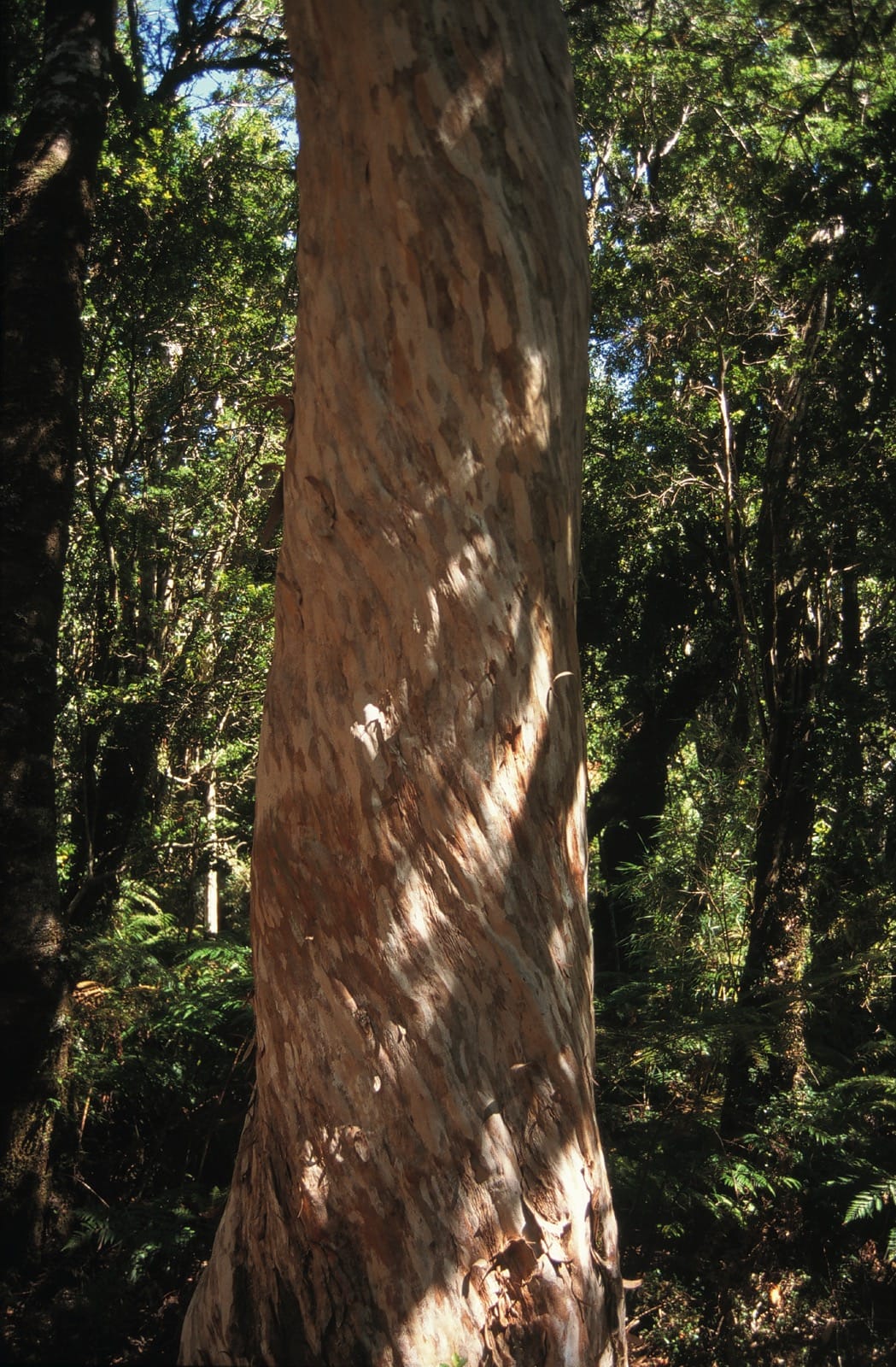Amomyrtus
Credits
Article from New Trees by John Grimshaw & Ross Bayton
Recommended citation
'Amomyrtus' from the website Trees and Shrubs Online (treesandshrubsonline.
Family
- Myrtaceae
The two species of Amomyrtus are endemic to the wet temperate forests of south-central Chile and bordering Argentina. They are aromatic trees or shrubs with smooth or scaly bark. The evergreen leaves are opposite, leathery, petiolate and typically lanceolate or ovate. The flowers are solitary or on short shoots with up to six flowers. They are hermaphrodite and 5-merous; bracteoles caducous; calyx lobes persistent; petals white; stamens whitish, 30–80. The fruit is a berry containing one to four hard seeds, each shaped like a flattened snail shell (Landrum & Salywon 2004).
Amomyrtus luma (Molina) D. Legrand & Kausel was introduced from Chile in the 1920s by Harold Comber, and was described by Bean and Krüssmann (B765, K316), as Myrtus lechleriana, but remains comparatively little known despite its apparent hardiness and magnificence when in full flower (Gardner & Hechenleitner 2005). Amomyrtus meli, described below, also has great garden qualities.

